Do Not Resuscitate /
Urban Exploration Photography
D.N.R

Structure
The Ilford Park Polish Camp
Founded in 1947.
Set up in the former Stover US Military Hospital which covered 42 Arces of land.
Info taken from www.polishresettlementcampsintheuk.co.uk
As you travel along the picturesque A38 from Exeter to Plymouth, on the edge of Dartmoor, you could not imagine that just off the roundabout for Bovey Tracey towards Newton Abbot hidden behind trees and sandwiched between an overgrown and now derelict WW2 American Military Hospital and a golf course is a place known locally as "Little Poland". Ilford Park Polish Home for old and infirm Polish ex-service men and women. This modern home and hospice built in the early 90s stands in the far corner of the decaying old camp.
After the war in 1948 the abandoned camp, with its long rows of concrete huts with corrugated asbestos roofs and covered walkways, became home to hundreds of Polish Displaced Persons. Stover Park camp as it was known, was one of 45 camps/hostels run by the National Assistance Board catering for the needs of displaced Polish people who survived the war, the traumas of deportations into the depths of Siberia and exile.
Over the years the young and able were leaving the camps in search of jobs and a better life. The old, infirm and psychologically scarred by the traumas of war, remained behind clinging to the security and relative certainties of camp life. As the numbers in the camps declined the National Assistance Board was gradually consolidating and closing down camp after camp. Individuals and families that still needed the security of camp life were moved to the more solidly constructed camps such as Northwick Park and Stover Park. By 1969 Northwick closed and all were now moved to Stover/Ilford Park camp.
This camp appeared to be no different to the other camps run by the N.A.B., but the solid construction of its hospital wards meant it could provide a better standard of accommodation than the temporary buildings that were usually found at war time Air Force and Army bases and allowed it to evolve first into a relatively comfortable family camp and then to an old people's home, hospice and rehabilitation centre.
The wartime accommodation in the camp became increasingly unsuitable for the needs of an aging population and, in1987, a ministerial commitment was given that the residents would remain on the site with a new home to be built on nine acres of the 41 acre site. This purpose-build home was formally opened on the 16th. December 1992. It provides residential and nursing care to people who qualify for admission under the 1947 Polish Resettlement Act.
Like other camps, Ilford Park had its own chapel with a resident priest Fr. Głarzewski looking after the spiritual needs of the community. A doctor's surgery and a sick bay looked after the less seriously ill so avoiding the stress of being moved out of the community they knew and into hospitals and institutions where they felt alien and alone. A communal kitchen and dinning hall catered for all those who could not look after themselves. A large hall was used for all kinds of entertainment; dances, stage and cinema shows. There was also a library and a grocery shop on site. Unlike other camps Ilford Park also boasted a well equipped and professionally staffed Occupational Therapy unit. In all, Stover camp was a self contained Polish community with initially little contact with the world outside and, as in all Polish camps, life revolved around the church and Polish culture with great emphasis placed on bringing up children and young people in true Polish spirit.
Little Poland
Information
